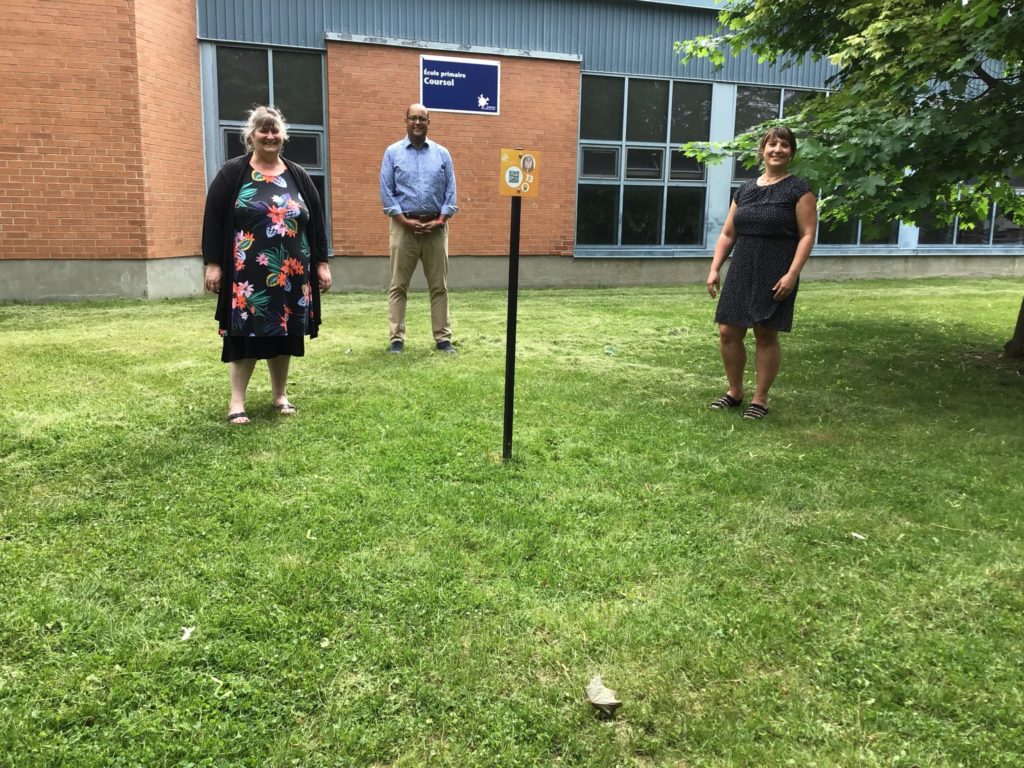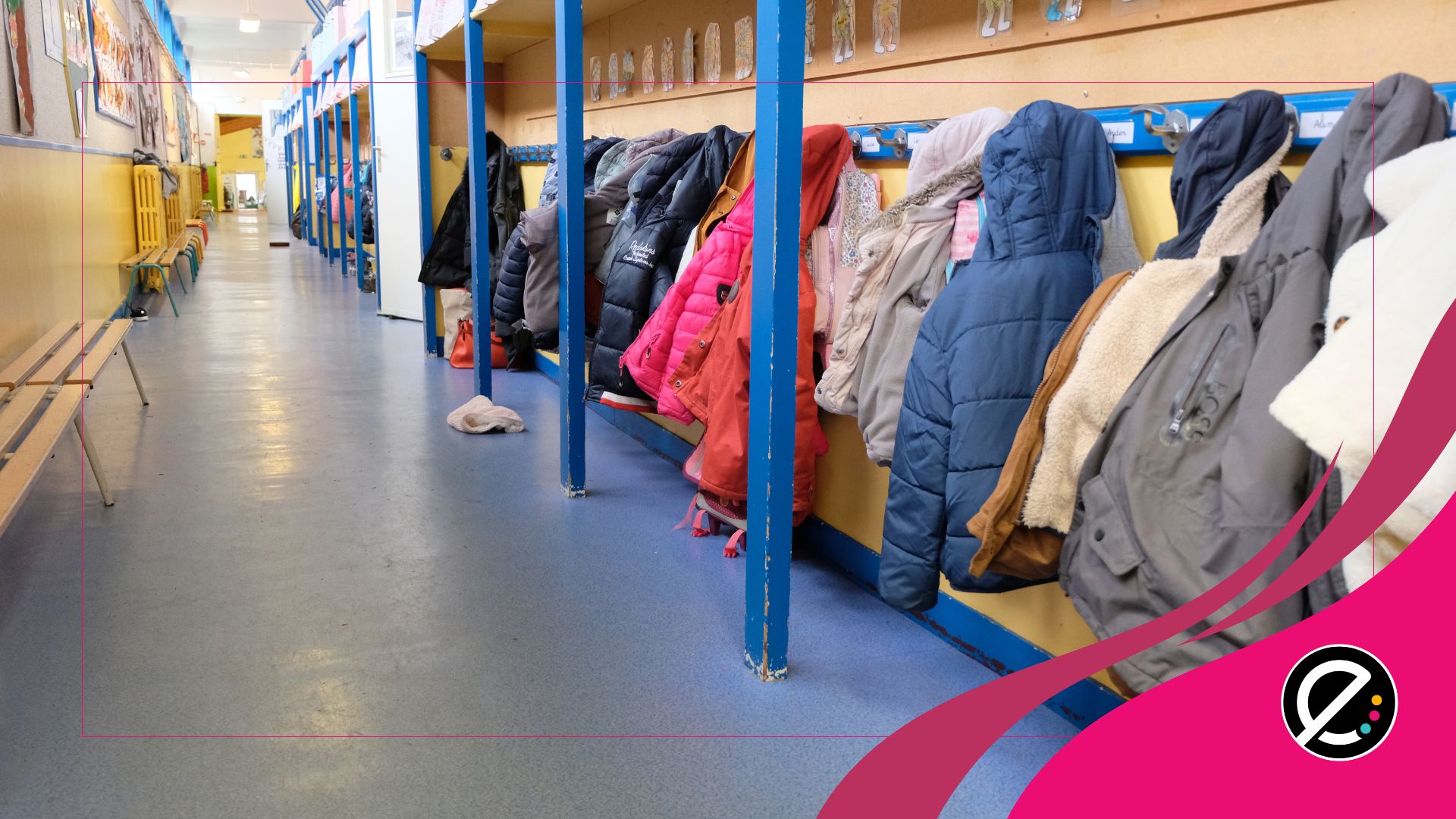Rue Richard, sur le terrain de l’École Coursol, à Laval, un sentier numérique avec une vingtaine de stations a été aménagé grâce aux bons soins d’une trentaine d’élèves de Marie-Josée Blanchette. De quoi nous donner envie d’aller explorer l’extérieur!
Tout a commencé, ou presque, par une subvention de 3 000 $ du député de Laval-des-Rapides à l’Assemblée nationale, Saul Polo. Avant même la confirmation de cette somme d’argent, Madame Marie-Josée avait déjà son plan en tête : elle voulait réaliser un projet qui fait bouger et qui est interactif.
« Il faut ouvrir l’école vers l’extérieur », aime dire l’enseignante de l’École Coursol qui s’occupe d’enfants en adaptation scolaire. Ce projet s’inscrit aussi dans un engagement pris par la direction de l’école, qui consiste à offrir aux élèves « deux occasions par année de mettre en valeur leurs réalisations auprès de leurs parent ».
Dans le cas du sentier numérique, ce sont non seulement les parents, mais toute la communauté qui aura accès aux réalisations tout au long de l’année. Les enseignants auront également le loisir de l’utiliser avec leurs élèves dans différentes matières.
On s’active!
Le parcours a pris deux semaines à être mis en place. Chacune des 20 bornes est illustrée par le dessin d’un enfant de l’école. À chaque arrêt, le randonneur actif, muni de son appareil numérique, pourra viser le code QR de la borne. Il pourra ensuite faire l’exercice physique suggéré, que ce soit la planche, le coup de poing ou encore frapper le ballon de boxe. Une fois le parcours terminé, les visiteurs sont invités à répondre à un court sondage disponible sur la borne no 20… une fois leur souffle repris!
Images, montage, choix musical, interprétation des personnages et réalisation sont le résultat du travail des élèves de l’enseignante. Le projet a demandé non seulement de la créativité, mais il a également fait appel aux connaissances des élèves.
Un projet modifiable
Marie-Josée Blanchette explique que le code QR possède une polyvalence qui cadre parfaitement avec le sentier numérique. Les écoles ayant un site Web pourraient également mettre en place des projets semblables, dit-elle puisque ces fameux codes QR peuvent être associés à une adresse Web pouvant afficher tout type de contenu.
Les exercices présentés sur le sentier dans le cadre de l’activité On bouge! seront disponibles aux visiteurs pendant tout l’été. Par la suite, compte tenu de la flexibilité d’utilisation des fameux codes QR, le contenu associé à chaque station pourra changer au courant de l’année scolaire 2021-2022. C’est ainsi que les bornes pourront servir à d’autres fins par la suite.
Image principale :
De gauche à droite, l’enseignante Marie-Josée Blanchette, le député de Laval-des-Rapides, Saul Polo, et la directrice de l’École Coursol, Gabrielle Forget. Crédit : Courtoisie de l’École Coursol






